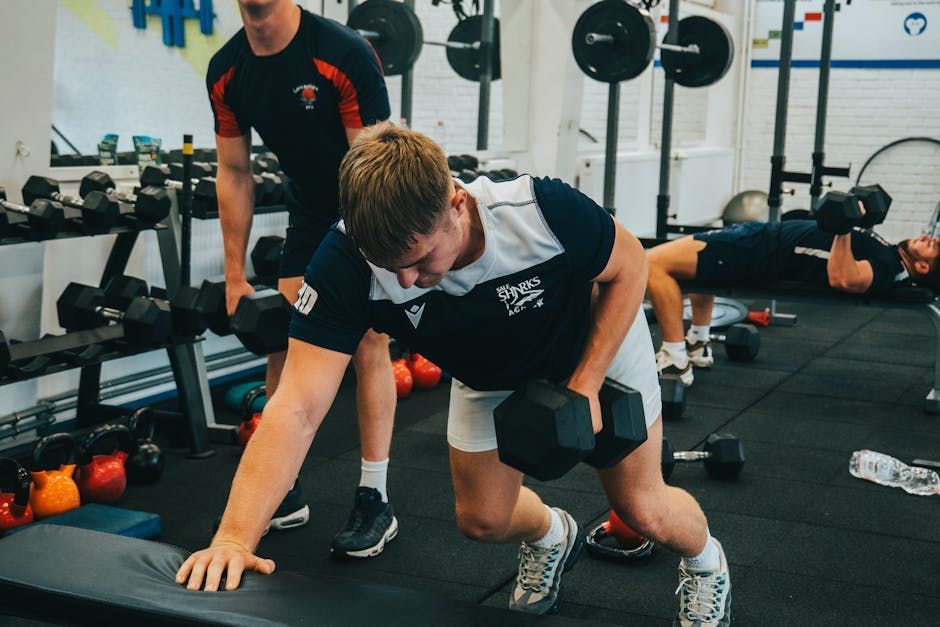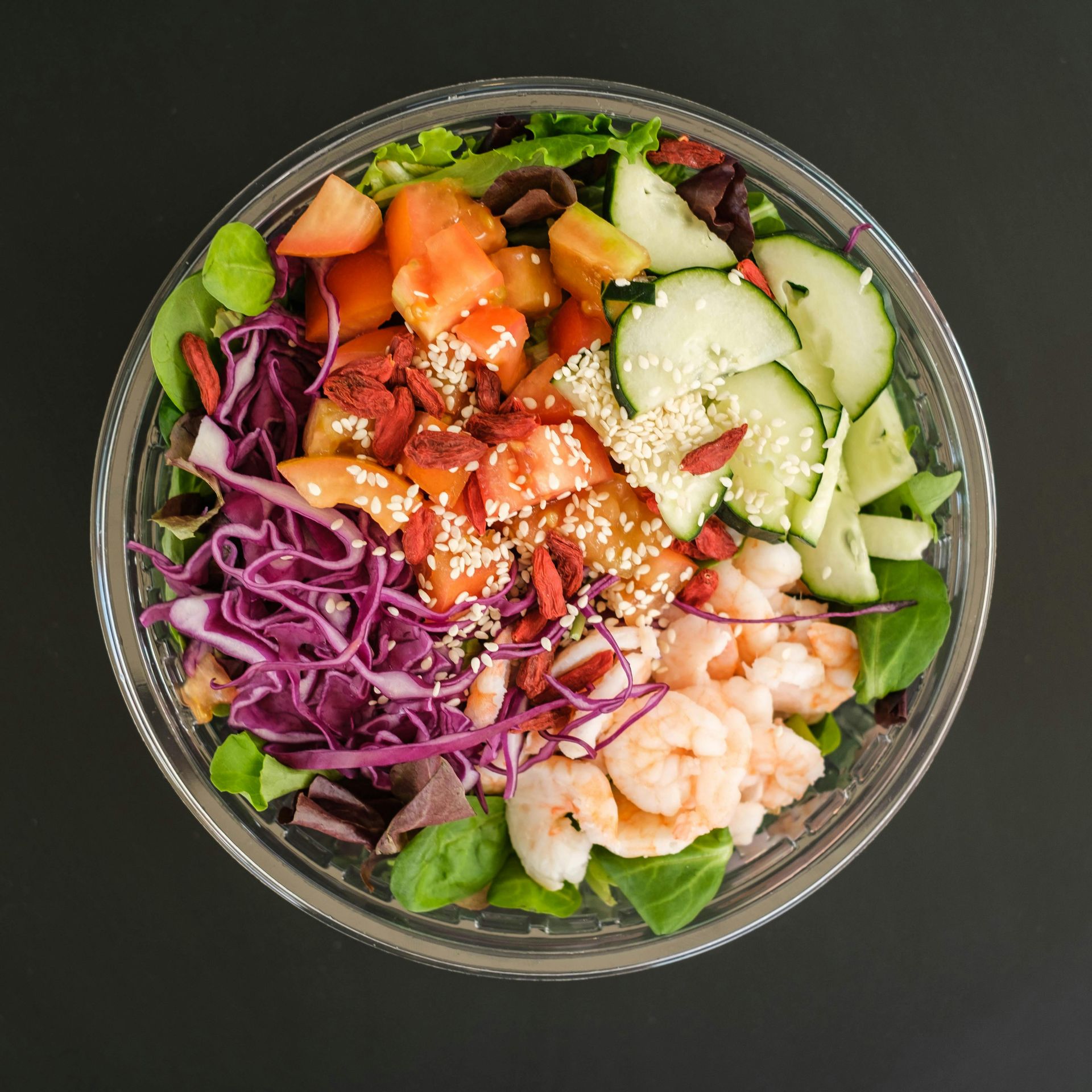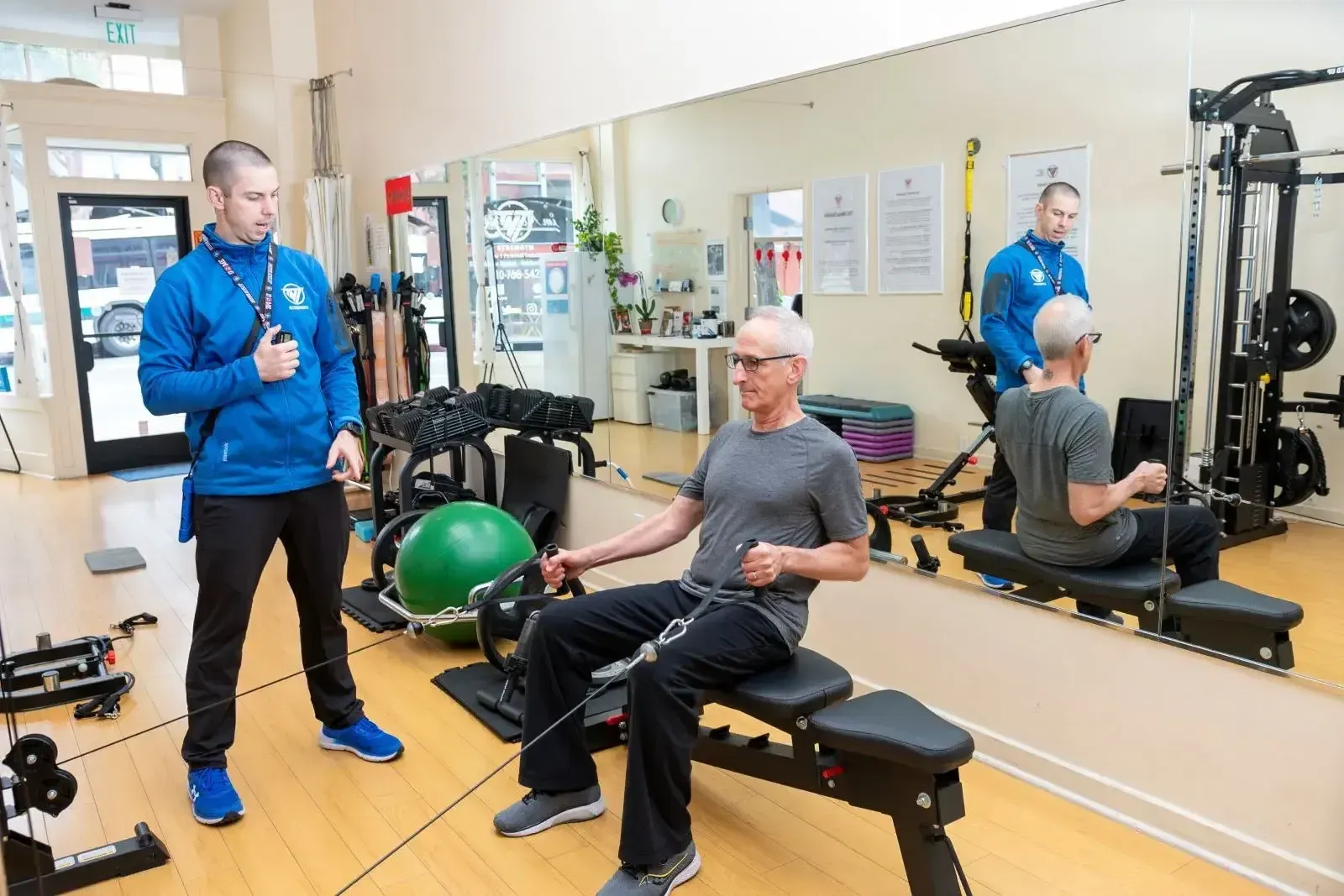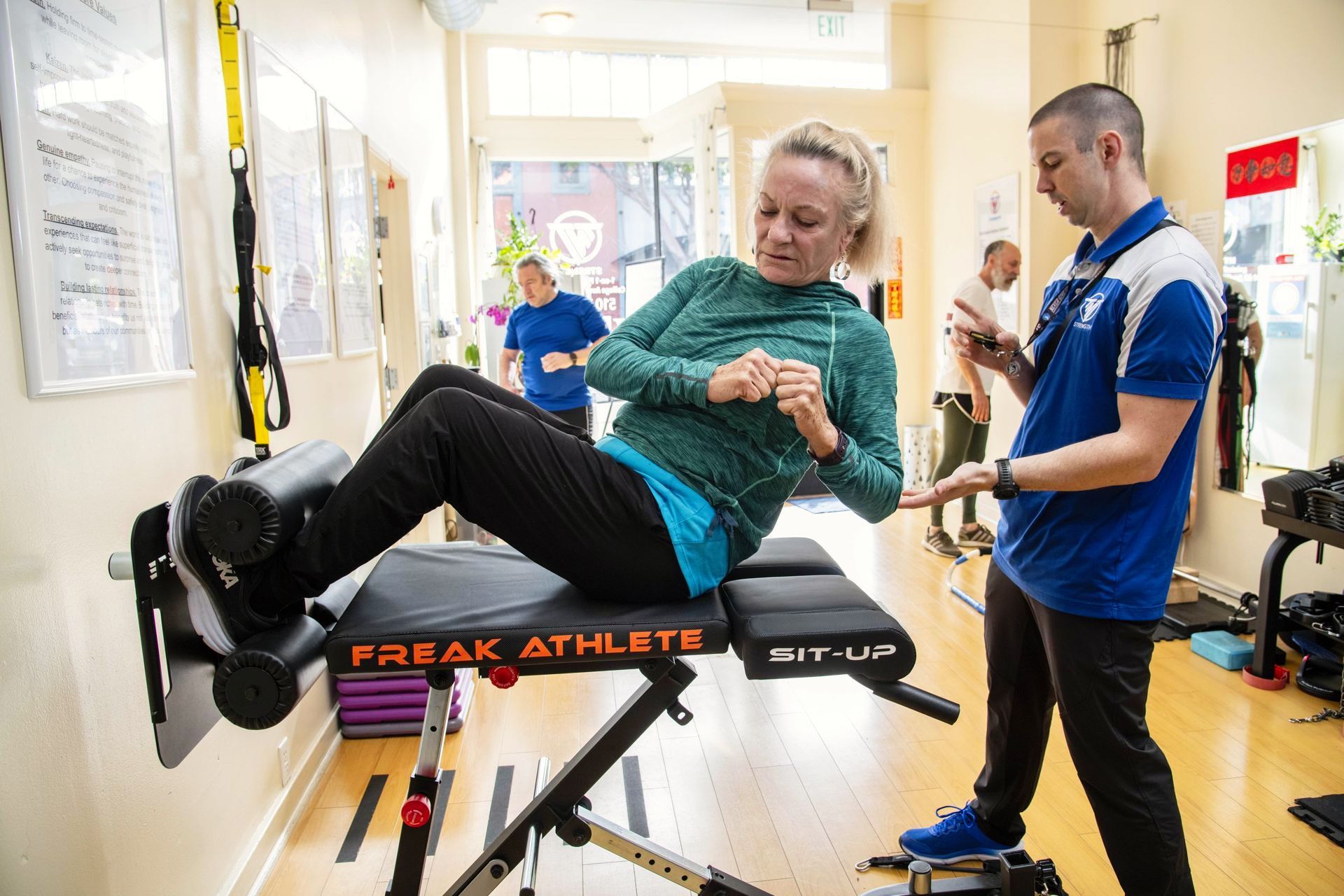Cardio vs. Strength Training for Fat Loss: What the Science Really Says
For fat loss and a stronger, more capable body, the "cardio vs. weights" debate deserves a clear look. Both have value, but they affect your metabolism and your muscle in very different ways. Those differences matter when you're trying to lose fat without sacrificing strength.
Let's break it down.

Metabolic Effects: The "Calorie Burn" You See vs. The Body You Keep
Steady cardio typically burns more calories during the session. That can help create the energy deficit you need for fat loss. Resistance training (RT), on the other hand, is elite at building and maintaining lean mass , which helps preserve your resting metabolic rate and improves how you partition calories over time.
Recent meta-analyses show the picture clearly:
• Across adults, concurrent training (cardio + RT) tends to be as effective as cardio for trimming fat, and as effective as RT for building lean mass—meaning the combo often wins for body composition. PubMed MDPI
• Resistance training alone still reduces fat mass and, crucially, increases or preserves lean mass—especially when paired with smart nutrition. That's a body-recomposition double play. PMC
TAKU take: If you only "chase the burn," you risk getting smaller but softer. If you only lift and ignore movement, you might miss low-hanging fruit for daily energy expenditure and cardiovascular health. Blend the tools—with a Resistance Training backbone.

EPOC: How Much Does the "After-Burn" Really Matter?
Excess post-exercise oxygen consumption (EPOC) is the elevated oxygen use (and energy expenditure) after you stop training. It's real—but it's not magic. Research comparing equal-volume sessions finds you can influence EPOC with workout structure: short, accumulated bouts may yield a larger total EPOC than a single continuous session in some cases.
Still, the absolute numbers are modest compared with your overall weekly deficit. Translation: EPOC is a nice bonus, not a business model. BioMed Central
TAKU take: Train hard enough to earn some EPOC, but don't count on it to do your fat loss for you. Your daily steps, session quality, protein intake, and sleep will dwarf EPOC's influence.
Muscle Preservation During Weight Loss: Protect the Engine
When calories drop, your body is happy to "save energy" by shedding muscle—unless you give it a reason not to. The two big protectors:
1. Progressive resistance training (push the muscles to adapt).
2. Adequate protein (feed the adaptation).
Systematic reviews show programs that include Resistance Training—especially Resistance Training + caloric restriction done right—reduce fat mass while maintaining or increasing lean mass. That's exactly what you want during a cut: lose the fat, keep the horsepower. PMC
TAKU take: Muscle is your metabolic insurance policy. Don't cash it out to get lighter—invest in it to get leaner.

Putting It Together: TNT Strength's Fat-Loss Framework
If you train with us, here's how we streamline the plan:
1. Lift 2–3 Days/Week (Nonconsecutive)
• Prioritize big movements (push, pull, hinge, squat, carry) with controlled tempo and full effort.
• Aim to progress loads or reps weekly.
• Expect 8–12 hard sets per session for the major patterns.
2. Move Often Between Lifts
• Rack up 7–12k daily steps depending on your starting point.
• Layer in 1–3 cardio sessions (using a method you actually enjoy. 20–30 minutes) Intervals are fine; Zone 3-5 is gold.
• If time is tight, "exercise snacks" (3×10 minutes) can rival a continuous session and may bump total EPOC. BioMed Central
3. Eat for the Goal
• Modest calorie deficit (generally 300–500 kcal/day for most).
• Protein forward: ~0.8–1.0 g per pound of target bodyweight, distributed across meals.
• Anchor carbs around training; hydrate.
4. Sleep & Repeat
• 7–9 hours. Recovery amplifies training signals and appetite control.

FAQs I Hear Every Week
"If I only have 30 minutes, should I lift or do cardio?"
Lift. You'll protect muscle and still move the needle on fat loss—then walk later to fill the movement bucket. PMC
"Will adding cardio kill my gains?"
Not when programmed wisely. The newest meta-analyses suggest combined training matches cardio for fat loss and matches Resistance Training for lean mass—especially in general populations. Separate intense cardio from heavy leg lifting when you can, and manage total volume. PubMed
MDPI
"Is HIIT better than steady state for fat loss?"
They can produce similar fat loss when energy expenditure is matched. Choose the one you can sustain and recover from; use intervals as a tool, not a lifestyle. BioMed Central
TAKU's Final Note:
• Cardio is efficient for immediate calorie burn and cardiovascular fitness.
• Strength training is non-negotiable for keeping muscle and shaping the way your body carries less fat.
• The combo —anchored by progressive Resistance Training—wins for long-term body composition and performance.
Want this tailored to your schedule and equipment? Hit us up at TNT Strength and we'll build your fat-loss plan around your life.
References (Recent & Reliable)
1. Beattie K, O'Connell NE, Halaki M, et al. Aerobic, resistance, and concurrent exercise training for body composition in adults: A systematic review and meta-analysis. J Int Soc Sports Nutr. 2025. (Findings: concurrent training ≈ cardio for fat loss; ≈ RT for lean mass.) PubMed
2. Gonzalo-Skok O, Martínez-Aguilar J, et al. Resistance training effectiveness on body composition and body weight outcomes in individuals with overweight and obesity across the lifespan: A systematic review and meta-analysis. Obesity Reviews. 2022. (Findings: RT—especially with caloric restriction—reduces fat mass and preserves/increases lean mass.) PMC
3. Sun Y, Park H-Y, Jung W-S, et al. A comparison of continuous, interval, and accumulated workouts with equalized exercise volume: excess post-exercise oxygen consumption in women. BMC Women's Health. 2024. (Findings: accumulated short bouts can yield higher total EPOC vs. one continuous bout; absolute EPOC remains modest.) BioMed Central
Experience the TNT Strength difference with a free workout.
START YOUR FITNESS TRANSFORMATION WITH A
FREE WORKOUT
Complete the form and we'll set up an appointment for you.











